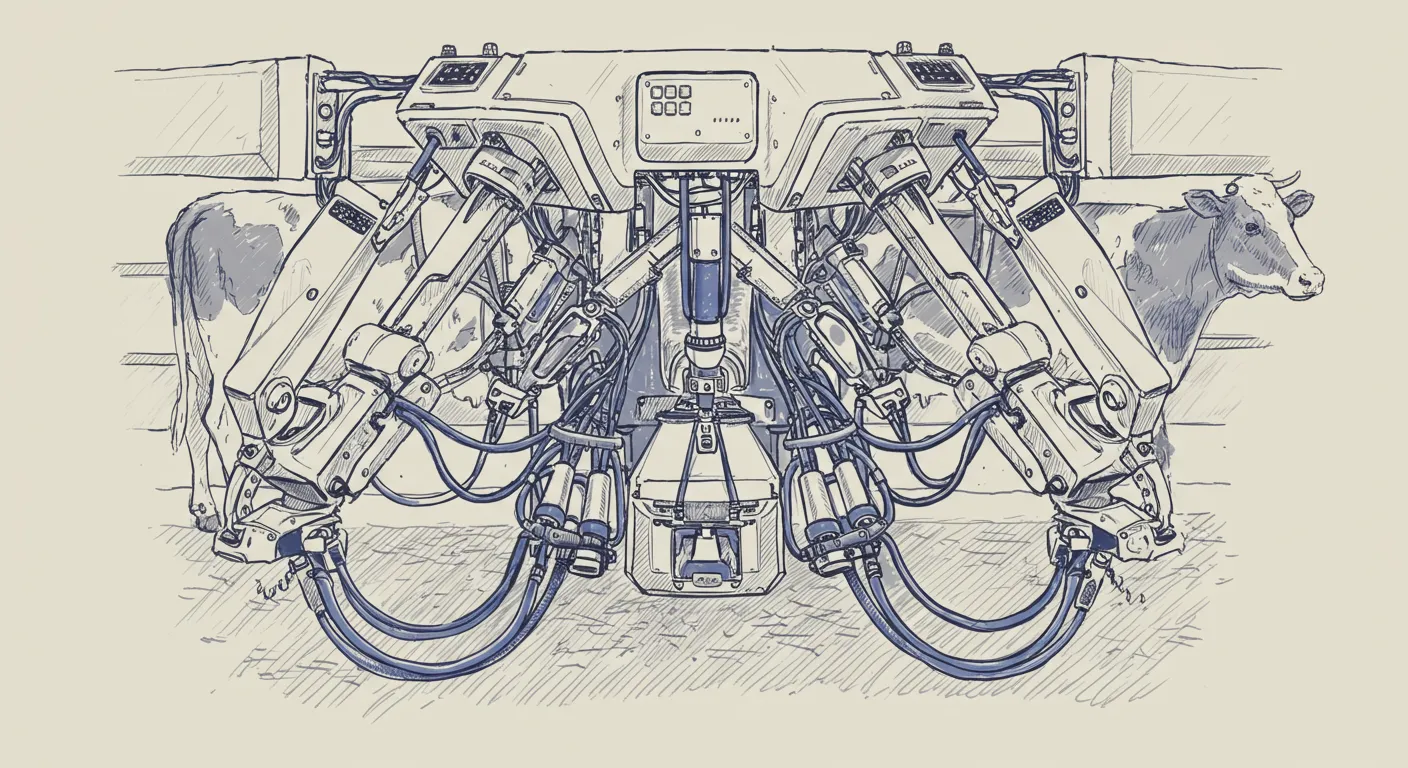In the rolling pastures of modern agriculture, robots are quietly revolutionizing dairy farming, turning what was once a labor-intensive industry into a high-tech symphony of automation. Online commentators are buzzing about robotic milking systems that not only make farmers' lives easier but potentially improve the quality of life for cows themselves.
These sophisticated machines—dubbed "Poopoombas" and "moombas" by tech-savvy observers—do more than just milk cows. They push feed, clean barns, and even learn to navigate complex social dynamics with their bovine companions. The robots are smart enough to understand when to distribute food and when to give cows space, creating an environment that might actually increase milk production.
Contrary to fears about industrial farming, these systems seem to align economic efficiency with animal welfare. Farmers report that happier, less stressed cows produce more and higher-quality milk. The robots can milk cows multiple times a day, track individual cow health, and even provide targeted nutrition based on each animal's performance.
The technology isn't just about replacing human labor—it's about creating a more intelligent agricultural ecosystem. Robots with RFID tags can track cow movements, health metrics, and milk production, turning traditional farming into a data-driven enterprise. This approach potentially reduces stress on both animals and farmers.
As automation continues to advance, these dairy robots represent more than just a technological novelty. They symbolize a broader shift in how we think about agricultural work: less about brute force, and more about intelligent, compassionate systems that can adapt and optimize in real-time.


